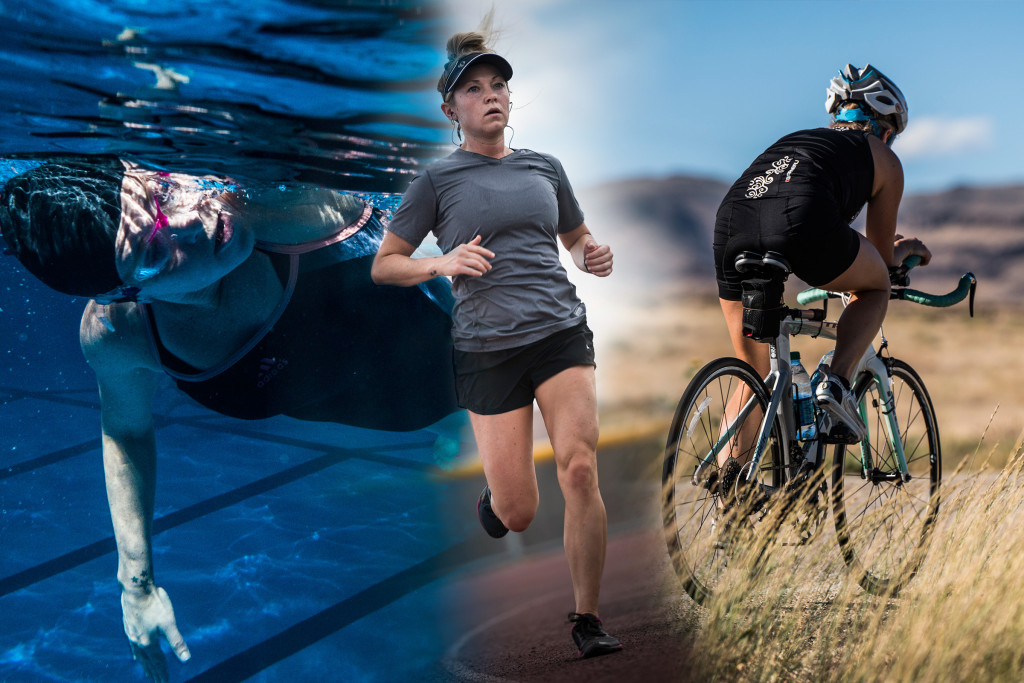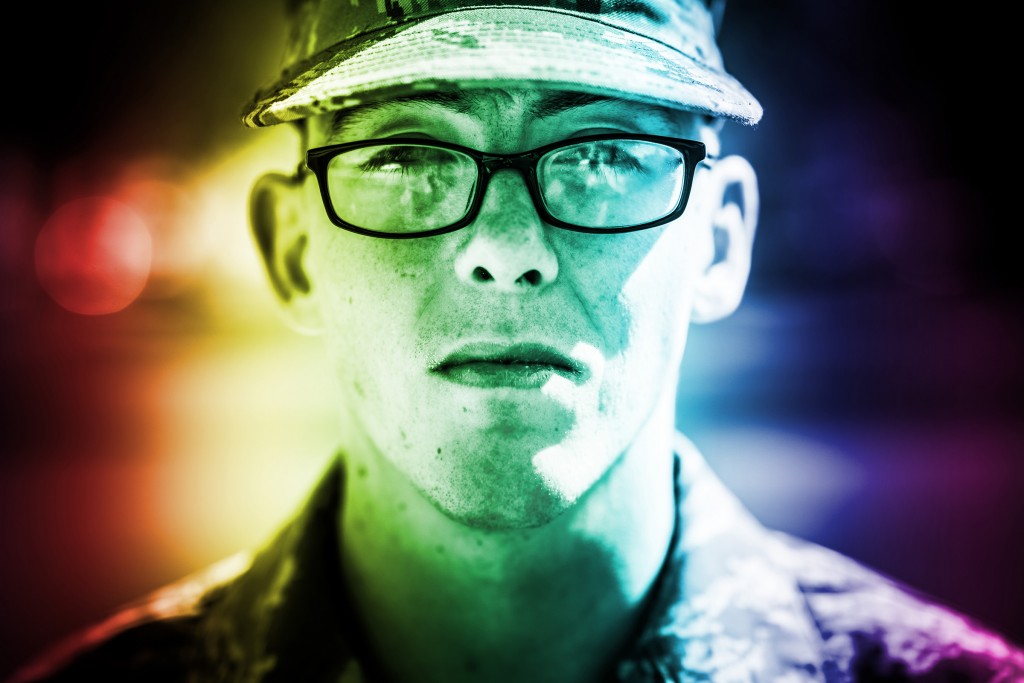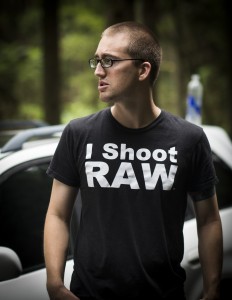 Let me first start off by saying this isn’t a comprehensive “how-to” post, but more of a behind-the-scenes look at what it took to get some compelling imagery of a triathlete. I’ll look at some things that worked, and a few things that didn’t work as well as I would have liked.
Let me first start off by saying this isn’t a comprehensive “how-to” post, but more of a behind-the-scenes look at what it took to get some compelling imagery of a triathlete. I’ll look at some things that worked, and a few things that didn’t work as well as I would have liked.
I must make a quick caveat that the photos picked for this blog are not necessarily the ones that went into the story (in fact, quite the opposite in many cases). The photos were picked because they show the techniques mentioned the best. Arguably, this blog applies to commercial photography more than journalistic photography.
Also, for full disclosure and credit where credit is due, the triathlete I was covering is Megan Stanton, an active duty U.S. Air Force medic. The full story is here: Perseverance: An Airman’s commitment to health, triathlon and career




 I thought I’d take a moment to talk about something that’s been bothering me lately. While I appreciate the public outcry over things like Chick-Fil-A’s “family-oriented” funding to fight equal marriage rights, I think there needs to be a level of decorum if we hope to achieve anything with the endless spam created over the internet. In light of this, I hope to offer some suggestions and words of wisdom garnered from my experience as a public affairs guy.
I thought I’d take a moment to talk about something that’s been bothering me lately. While I appreciate the public outcry over things like Chick-Fil-A’s “family-oriented” funding to fight equal marriage rights, I think there needs to be a level of decorum if we hope to achieve anything with the endless spam created over the internet. In light of this, I hope to offer some suggestions and words of wisdom garnered from my experience as a public affairs guy.
